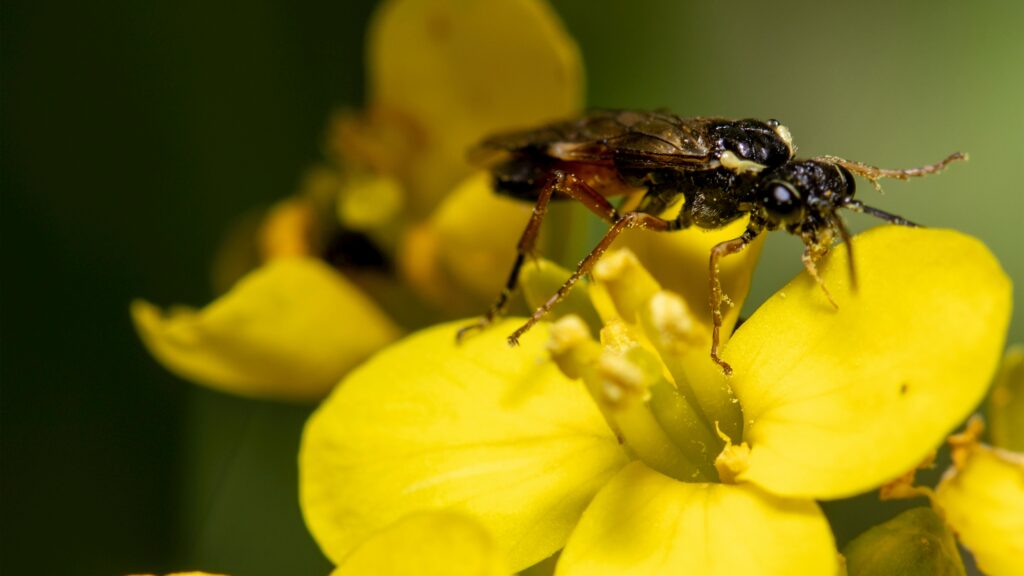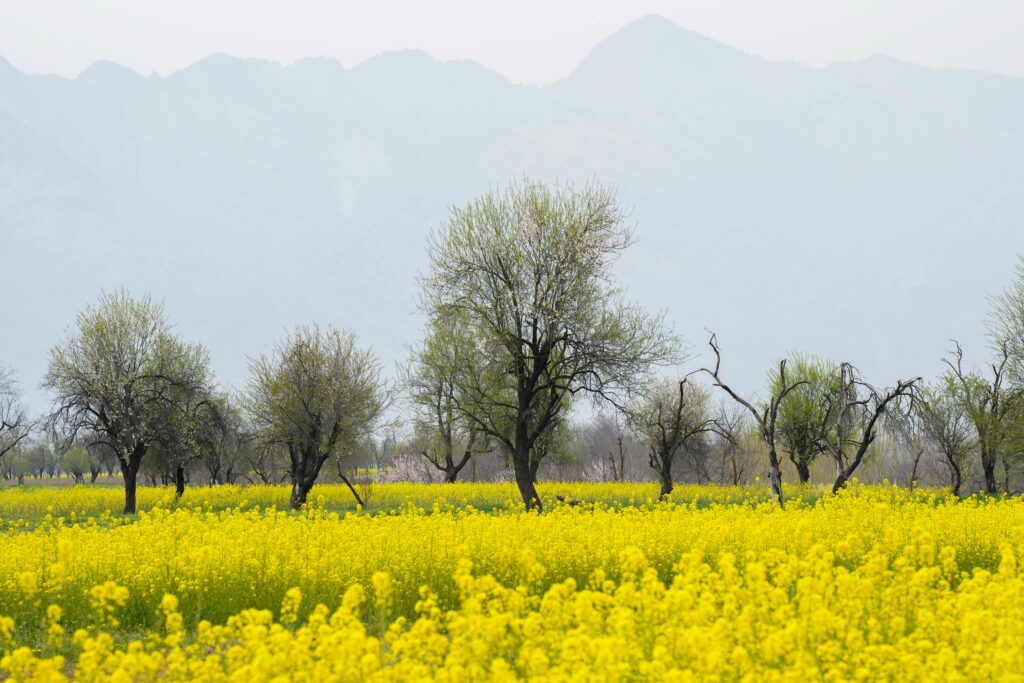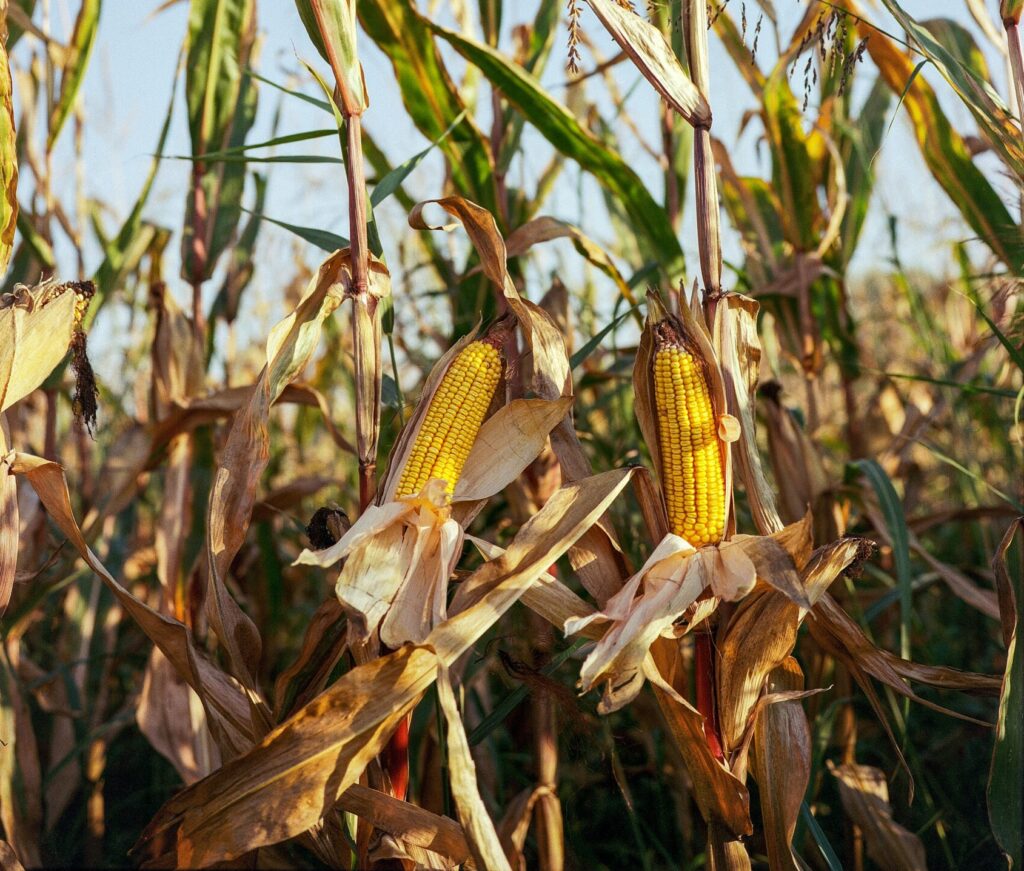Corn, one of the world’s most widely grown crops, is highly sensitive to environmental changes. As climate change continues to alter global weather patterns, corn production faces significant challenges, impacting yields, production costs, and food security. Here’s how climate change affects corn production and what the industry can expect in the coming years.
1. Temperature Changes and Heat Stress
Rising temperatures are one of the most immediate impacts of climate change, with severe consequences for corn production. Corn grows best between 60°F and 95°F (15-35°C), and even brief exposure to temperatures above this range during key growth stages (like pollination) can reduce yield. For example, a study by the U.S. Department of Agriculture (USDA) found that for every degree Celsius increase, corn yields could decline by approximately 7% due to increased evapotranspiration and stress on the plants.
2. Drought and Water Scarcity
Higher temperatures also intensify drought conditions, particularly in regions where corn is a staple crop. Corn requires a significant amount of water, especially during the growth phases of pollination and kernel development. Climate-induced droughts have already led to water scarcity in regions such as the U.S. Midwest and parts of sub-Saharan Africa, where farmers rely on rain-fed agriculture. With less rainfall, corn plants suffer from reduced growth and incomplete kernel development, leading to lower yields and impacting the economic sustainability of farms.
3. Unpredictable Rainfall Patterns
Climate change not only affects overall precipitation levels but also creates more unpredictable rainfall patterns. Heavy rains and floods can damage crops, wash away fertile soil, and delay planting schedules. In contrast, prolonged dry spells limit water availability at critical growth stages. These irregular rainfall patterns make it difficult for farmers to plan their planting and harvesting schedules, often resulting in lower productivity and an increased risk of crop loss.
4. Soil Degradation and Nutrient Loss
Intensive corn farming already puts pressure on soil health, and climate change exacerbates this issue. Soil erosion, often triggered by heavy rainfall, removes vital topsoil and nutrients that corn crops need to thrive. Additionally, higher temperatures speed up organic matter decomposition in the soil, resulting in nutrient depletion. Farmers may need to apply more fertilizers, increasing production costs and raising concerns about environmental sustainability due to runoff and pollution from chemical inputs.
5. Increased Pest and Disease Pressure
Warmer temperatures create favorable conditions for pests and diseases to thrive, extending their geographic range and lengthening their active seasons. Corn crops are particularly vulnerable to pests like the corn earworm and the European corn borer, as well as diseases like gray leaf spot and northern corn leaf blight. With longer growing seasons and milder winters, pest and pathogen populations can multiply rapidly, making it harder for farmers to control infestations without extensive pesticide use.
6. Impact on Global Corn Supply and Prices
The cumulative effects of climate change on corn yields directly impact global supply and prices. Reduced yields due to heat stress, drought, and pests can drive up corn prices, affecting everything from food products to animal feed and biofuel production. This price volatility can strain economies, especially in countries where corn is a dietary staple or a major export. Additionally, as some regions become less suitable for corn cultivation, there may be shifts in production areas, which could affect local economies and food security.
Adaptation Strategies for Sustainable Corn Production
To combat these challenges, the agricultural sector is exploring several adaptation strategies to make corn production more resilient in the face of climate change:
- Developing Drought-Resistant Varieties: Seed companies and research institutions are working on developing drought-resistant and heat-tolerant corn varieties to withstand extreme weather conditions.
- Improved Irrigation Techniques: Using efficient irrigation systems, like drip irrigation, can help conserve water resources and ensure that corn receives adequate hydration, even during dry spells.
- Soil Conservation Practices: Techniques like cover cropping, no-till farming, and crop rotation can help protect and enhance soil health, making corn crops more resilient to climate variability.
- Integrated Pest Management (IPM): By using IPM practices, farmers can reduce their dependence on pesticides and manage pest populations sustainably, mitigating the impact of climate-induced pest proliferation.
Climate change poses a significant threat to corn production through increased heat stress, water scarcity, soil degradation, and heightened pest and disease pressures. Adaptation strategies such as developing resilient crop varieties, improving irrigation efficiency, and adopting sustainable soil management practices are essential to safeguard corn production in a changing climate. By taking proactive measures, the agricultural sector can help secure the future of corn and maintain its vital role in global food security.
















